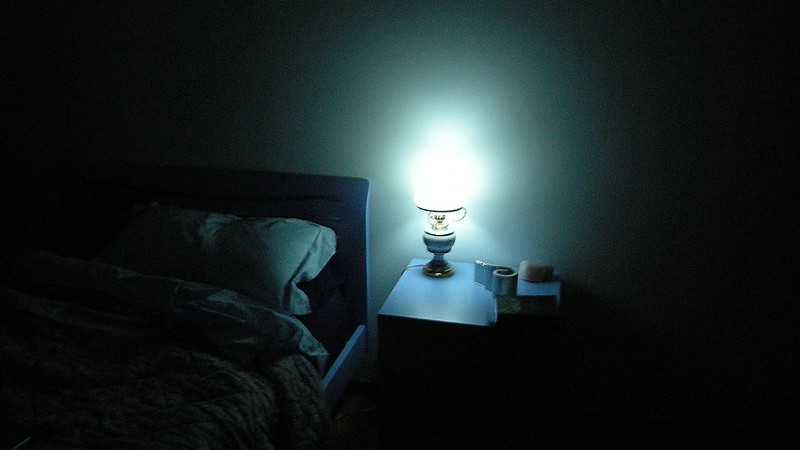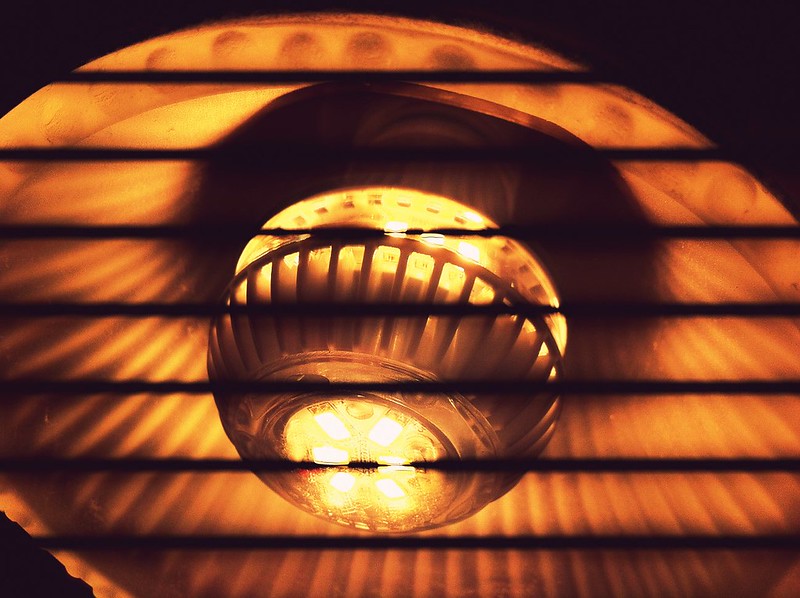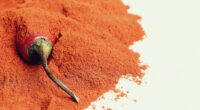Cool white has a bluish tone, resembling daylight, while warm white has a yellowish tone, resembling incandescent lighting.
TL;DR Cool white Vs. Warm white
Cool white light provides a bright, crisp illumination that is ideal for task-oriented spaces like kitchens, offices, or bathrooms. It creates a clean and modern feel, making it suitable for contemporary design styles.
Warm white light offers a softer glow with a slightly yellowish hue reminiscent of traditional incandescent bulbs. This type of lighting is perfect for creating a cozy and inviting atmosphere in living rooms, bedrooms, or dining areas.
What is cool white?

Cool white lighting, also known as daylight or bright white, emits a crisp and bluish-white light that resembles natural sunlight at noon.
It falls on the higher end of the color temperature scale, typically ranging from 5000K to 6500K. This type of lighting is known for its energizing and invigorating qualities, making it ideal for areas where you need to stay alert and focused.
What is warm white?

Warm white is a color temperature that emits a cozy and inviting glow, similar to the warmth of candlelight or an incandescent bulb. It falls on the lower end of the Kelvin scale, typically around 2700-3000K.
Warm white lighting creates a relaxing and comfortable ambiance in any space. It can make your home feel more intimate and welcoming, perfect for bedrooms, living rooms, and dining areas.
The soft yellowish hue of warm white light enhances natural wood tones and earthy colors, creating a cozy atmosphere.
Cool white Vs. Warm white – Key differences
| Aspect | Cool White | Warm White |
|---|---|---|
| Color Temperature | Higher color temperature (4000K-6500K) | Lower color temperature (2700K-3500K) |
| Light Appearance | Bluish-white, resembling daylight | Yellowish-white, resembling incandescent lighting |
| Ambience | Creates a bright and energetic atmosphere | Provides a cozy and inviting feel |
| Use | Commonly used in task lighting, workspaces, and commercial settings | Ideal for ambient lighting, residential spaces, and relaxing areas |
| Mood | Promotes alertness and focus | Enhances relaxation and comfort |
| Suitable for | Modern, minimalist, and contemporary settings | Traditional, rustic, and intimate spaces |
| Common Applications | Offices, workshops, retail stores | Living rooms, bedrooms, dining areas |
| Popular Bulb Types | LED and fluorescent bulbs | Incandescent and LED bulbs |
How to choose the right light for your home
- Understand the Purpose: Determine the function of each room (e.g., relaxing, working, entertaining) and select lighting accordingly (ambient, task, accent).
- Consider Color Temperature: Choose warm white (2700K-3500K) for a cozy atmosphere and cool white (4000K-6500K) for a bright, energizing ambiance.
- Brightness and Lumens: Evaluate the required brightness for each room based on activities and room size. Check the lumens rating on bulbs or fixtures.
- Layer Lighting: Use a combination of ambient, task, and accent lighting to create depth and flexibility in your lighting design.
- Fixture Style: Select fixtures that complement the overall decor of each room. Consider pendant lights, chandeliers, sconces, or recessed lighting.
- Energy Efficiency: Opt for LED bulbs, which are energy-efficient and have a longer lifespan compared to traditional incandescent bulbs.
- Dimmers: Install dimmer switches to adjust lighting levels and set the desired mood.
- Natural Light: Make use of natural light during the day to reduce the need for artificial lighting and save energy.
- Consider Control Systems: Explore smart lighting options that allow remote control or automation for convenience.
- Test Lighting: When possible, try different bulbs or fixtures to see how they illuminate the space before making a final decision.
How to identify what type I am buying?
| Color Temperature (Kelvin) | Description |
|---|---|
| 2700K - 3000K | Warm White - Cozy and relaxing ambiance |
| 3500K - 4000K | Neutral White - Balanced and natural light |
| 5000K - 6500K | Cool White - Bright and energizing light |
- Read the Packaging: Check the product packaging for information about the color temperature (measured in Kelvin) or descriptive terms like “warm white,” “cool white,” or “daylight.”
- Look for Labels: Some bulbs or fixtures may have labels indicating the color temperature or lighting characteristics.
- Read Online Descriptions: If you are buying online, read the product descriptions and specifications to find details about the color temperature.
- Ask the Seller: If you are purchasing from a store, ask the salesperson for information about the color temperature of the lighting product.
- Check the Bulb/LED: On LED bulbs, the color temperature is often mentioned on the bulb itself. Look for numbers followed by “K” (Kelvin) on the label.
Image Credits
Featured Image By – Klaus Hausmann from Pixabay
Image 1 By – Diego Elio Pettenò on Flickr








